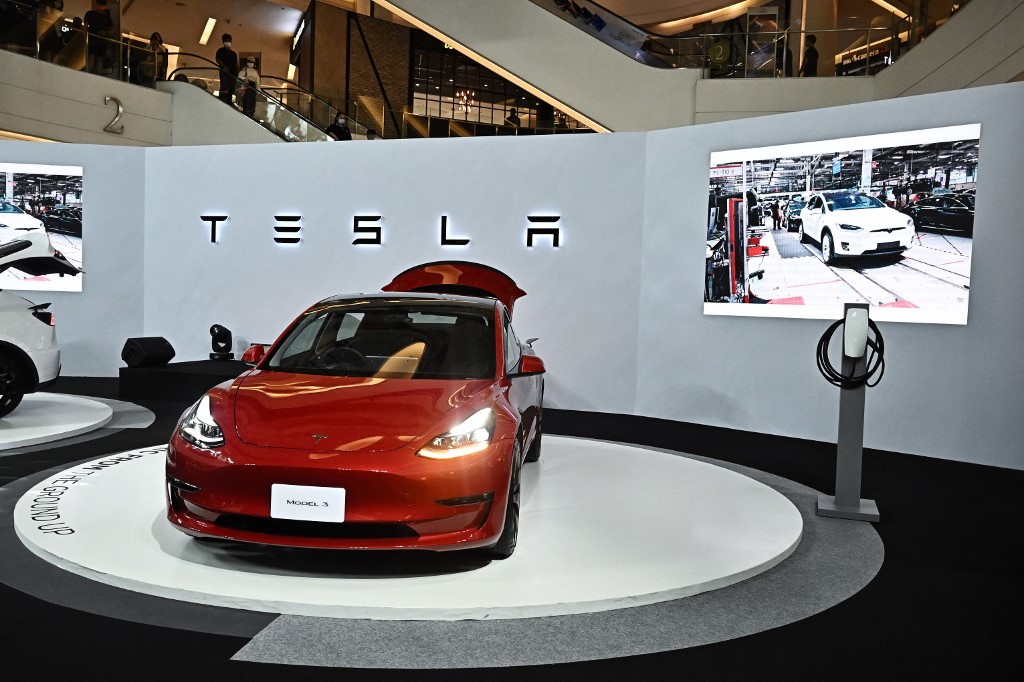Tesla recently introduced “stripped-down” versions of its Model 3 and Model Y electric vehicles (EVs), a move that has garnered significant attention and discussion. The company made these adjustments primarily to address the upcoming expiration of the $7,500 EV tax credit in the United States and to maintain competitiveness in an increasingly crowded market.
The new “Standard Range” Model Y starts at $39,990, which is $5,000 less than the previously cheapest version. However, this price reduction comes with significant trade-offs. To control costs, Tesla has significantly reduced the vehicle’s features: the range has been shortened from 357 miles to 321 miles, and several features such as the panoramic sunroof, power-folding mirrors, and courtesy lights have been removed. The car’s interior has also been simplified, with the removal of seat ventilation, rear heating, and a more basic touch screen. Even the steering wheel adjustment has been changed from power to manual.

Similarly, the “Standard Range” Model 3 starts at $36,990, $5,500 cheaper than the existing Premium RWD version. Both models are rear-wheel drive and have a 0-60 mph acceleration time of 6.8 seconds. The audio system has been downsized from 15 speakers to 7, and the subwoofer has been removed. Additionally, the automatic steering feature in the driving assistance system has been eliminated.

Despite Tesla’s intent to boost sales through these price cuts, the market reaction has been lukewarm. The company’s stock price fell 4.45% on the day of the announcement, and prominent analyst Dan Ives noted that the price reductions fell short of market expectations. Wall Street analysts are concerned that these new models, priced between $35,000 and $40,000, might cannibalize the sales of higher-end models while failing to significantly boost overall sales like lower-priced models might.

More challenging for Tesla is the intense competition it faces in this price range. The Hyundai Ioniq 5 EV, for example, has seen an average price reduction of over $9,000, bringing its starting price to $35,000. The Chevrolet Equinox and Nissan Leaf from General Motors and Nissan, respectively, both start below $35,000. GM has also announced plans to launch a compact EV, the Bolt, priced below $30,000, next year.
It’s worth noting that Tesla had previously planned to introduce a $25,000 budget EV, but Elon Musk shelved the project last year, redirecting company resources toward autonomous robo-taxis and humanoid robots. This strategic shift also reflects the company’s current market positioning and development focus.
The market’s reaction to this pricing strategy has been polarized. Some investors and netizens believe that Tesla still commands a strong brand presence in the domestic market and maintains solid sales performance. Others, however, are concerned about the simplified interior and the stock price drop, questioning whether the company’s market performance aligns with its valuation.
In summary, Tesla’s introduction of these “stripped-down” models appears relatively conservative in terms of both price reductions and feature adjustments. In the highly competitive EV market, how the company will balance cost control, product competitiveness, and consumer demands in the future is a topic worthy of continued attention.












